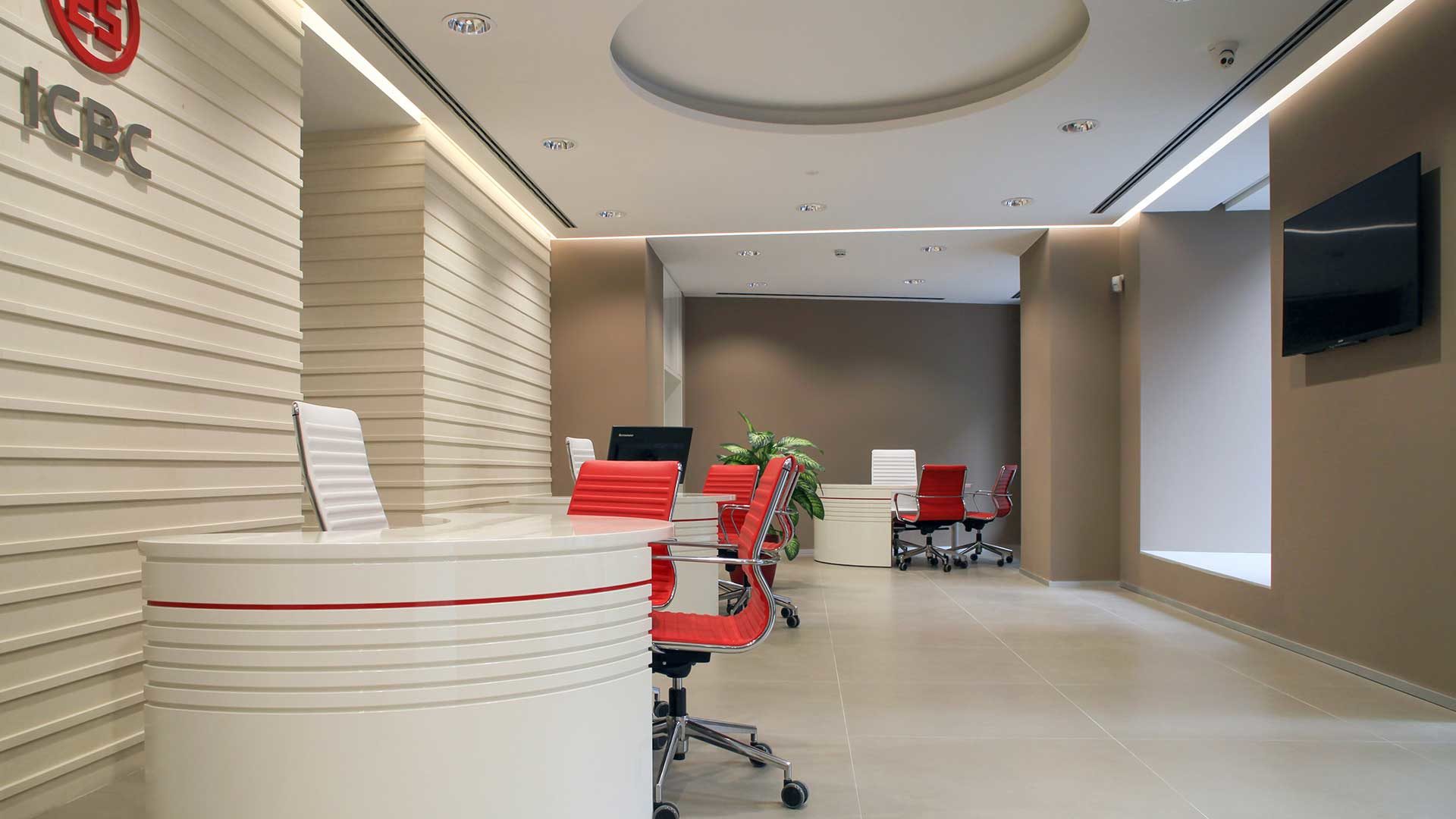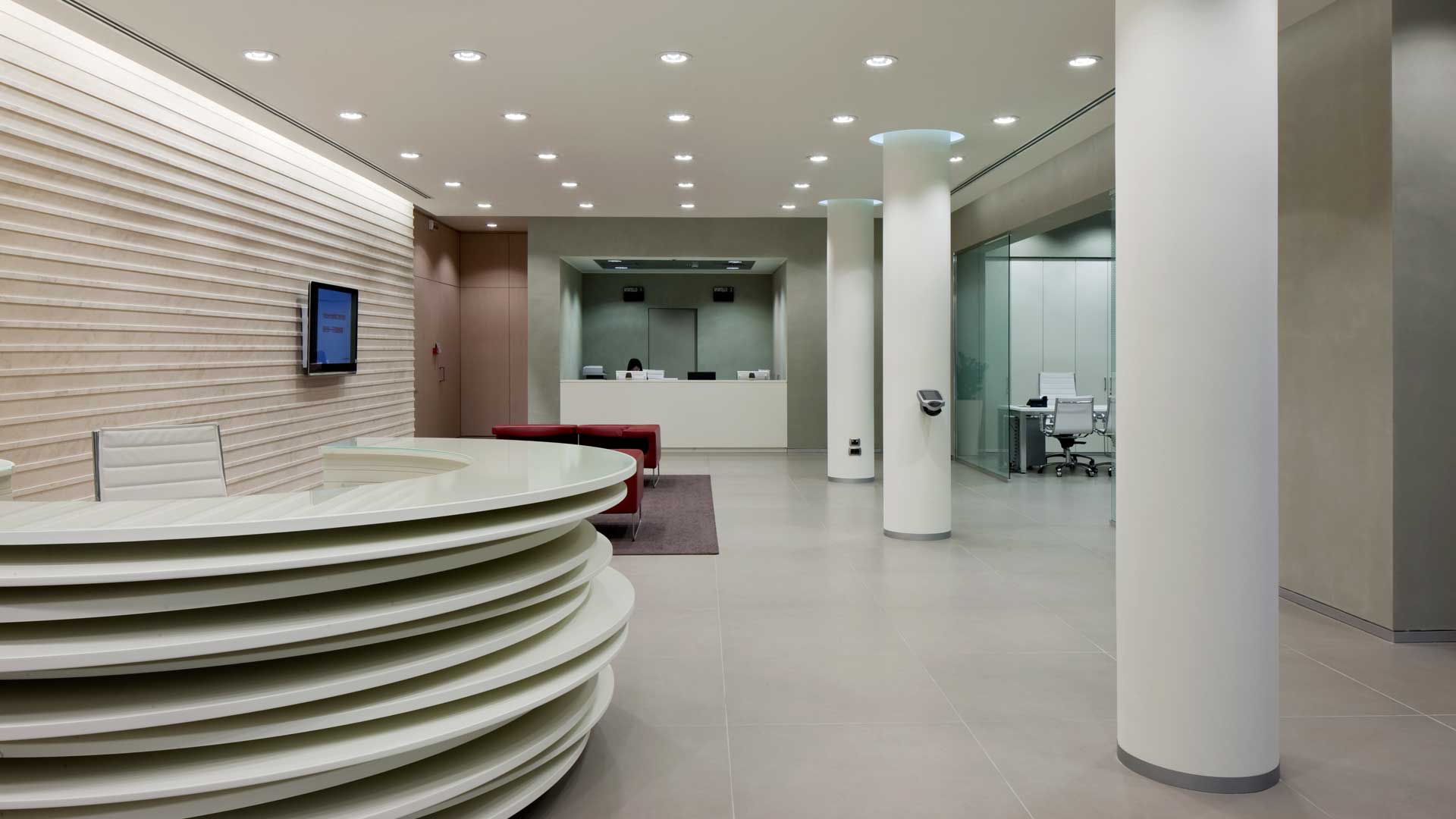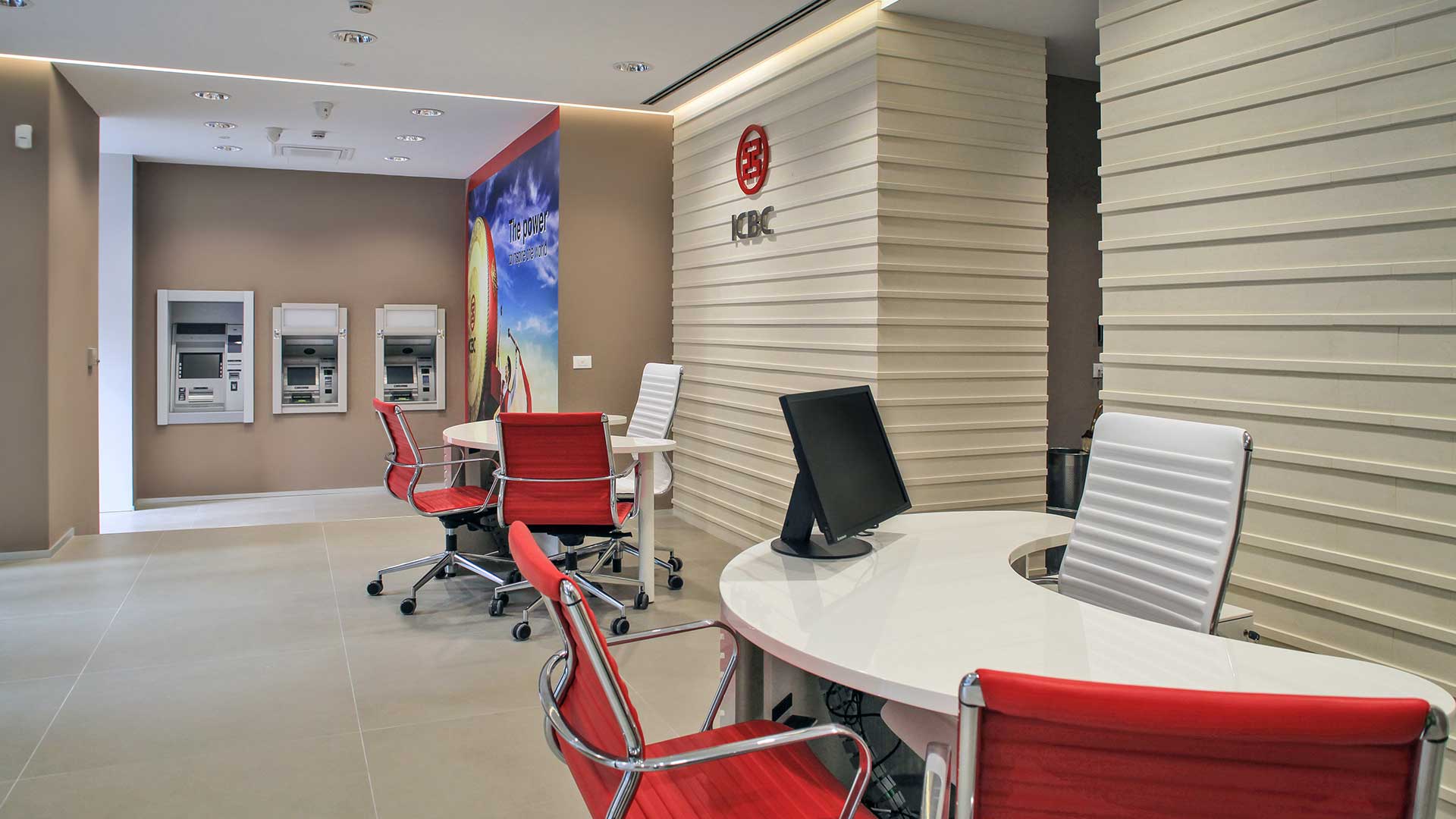How banking layouts have profoundly changed in recent years due to the presence of technology and design.
It was 2008 when, during a trip to Holland to deepen his understanding of sustainable architecture and social housing, Massimo Gianquitto began dealing with more innovative and visionary projects. This has since required constant observation, research and development in order to predict future trends and experiment with design.
How Innovation Has Shaped the Offices of European Banks
The renewal affecting the country was fairy evident in people’s lifestyles and was ever present in architecture as new buildings spread throughout the Nation.
The offices of ING Direct had already been introduced to Smart Working, making their offices a great starting point to examine the innovative approaches to Bank Office Design. Computing and electronics were rapidly changing layouts and aesthetics around bank offices, opening them up with newer informal approaches.
In 2008 it was possible to enter a bank in Holland without having to pass through metal detectors, like in traditional retail stores, you were welcomed directly into the lounge area for consultations, similar to present day Banca Intesa and Unicredit layouts, which use a vast array of technology and exhibit an appealing design.
Bank Offices interior design was well curated, being organized in an open space manner. The design did away with traditional cash boxes and tellers, instead dedicating it space to open lounges and private zones for specialized consultations. Furthermore, food breakout areas with mini-bars and coffee machines were added for customers to enjoy, while the introduction of play areas gave children a place to entertain themselves while parents discussed business.
Bank Offices were rapidly becoming more abstract, places that promoted human interaction, relationships and networking, additionally becoming opportune locations for company events and presentations.
Do it Yourself has changed Bank Offices
The banking agencies that could be observed in the Netherlands during 2008, such as those of the ABN AMRO Group (the eighth most prominent European credit institute in regards to net worth evaluated at 68,3 billion €) exhibited many the characteristics adopted by International and Italian bank groups: incorporating a mix of technology and aesthetical design.
The transition of banks to the digital world has given members the ability to control transactions themselves either by internet or by phone. Over the last ten years, this advancement has drastically changed the physical spaces of Banks, additionally reducing the cost of running a bank, benefiting shareholders.
Bank employees have become consultants as more and more money gets traded across the internet becoming electronic in nature. Though for more traditional members, withdrawals and deposits can be made at automatic ATMs active 24 hours throughout day.
User Experience of Today’s Bank Offices
In Italy, it’s possible to enter the Bank today by swiping your Visa or Mastercard, while an employee welcomes cliental at the entrance, tablet in hand, offering advice according to the operations clients wish to accomplish.
Technology is everywhere, thanks to the presence of smart devices, touchscreen tables can be found in many modern banks nowadays, informing their users about recent news, bank services, investments and deals. Multifunctional displays can also be located inside welcoming areas in order to help guide clients around the office, reducing both confusion and time.
Self-service areas are accessible 24h a day, this is an integral part of these “new generation banks”: ATMs give information and allow users to pay taxes, bills, receive and deposit cash and checks with total autonomy.
Finally, windows are becoming an important part of the interactive experience, catching people’s attention and letting them interact with the bank through a touch screen interface.
Why Hybrid Banks have Rapidly Developed?
Customers are becoming more connected with the internet with each passing year, preferring to operate at home using banking cards and applications rather than going to banks in person. Typically, customers only resort to showing up in person when they require expert advice or have a problem that needs resolving. According to an ABI-GFK study, people still see the need for human interaction on occasion: while 95% of those interviewed stated that they operate over the internet, 60% still said that they considered Bank Offices indispensable (reconfirmed by Deutsche Bank).
This is why Banks have become hybrid spaces, similar to retail stores, where clients can enter also on a whim and buy tickets for shows and soccer games, take part to educational courses about finance and investments and attend cultural and artistic events.
How About the Bank of the Future?
Today we live in a time where technology and design have merged together to enhance the banking experience, however, the offices of tomorrow will gradually become more virtual. People will be welcomed by holograms and vocal assistants, able to satisfy all their requests and answer every kind of question.
Meanwhile, for those wanting to see change happening today, progress can be observed in various banks around Japan and the UK, robots have arrived!



